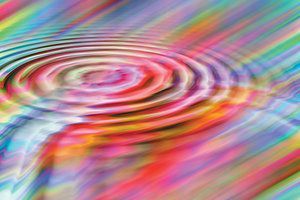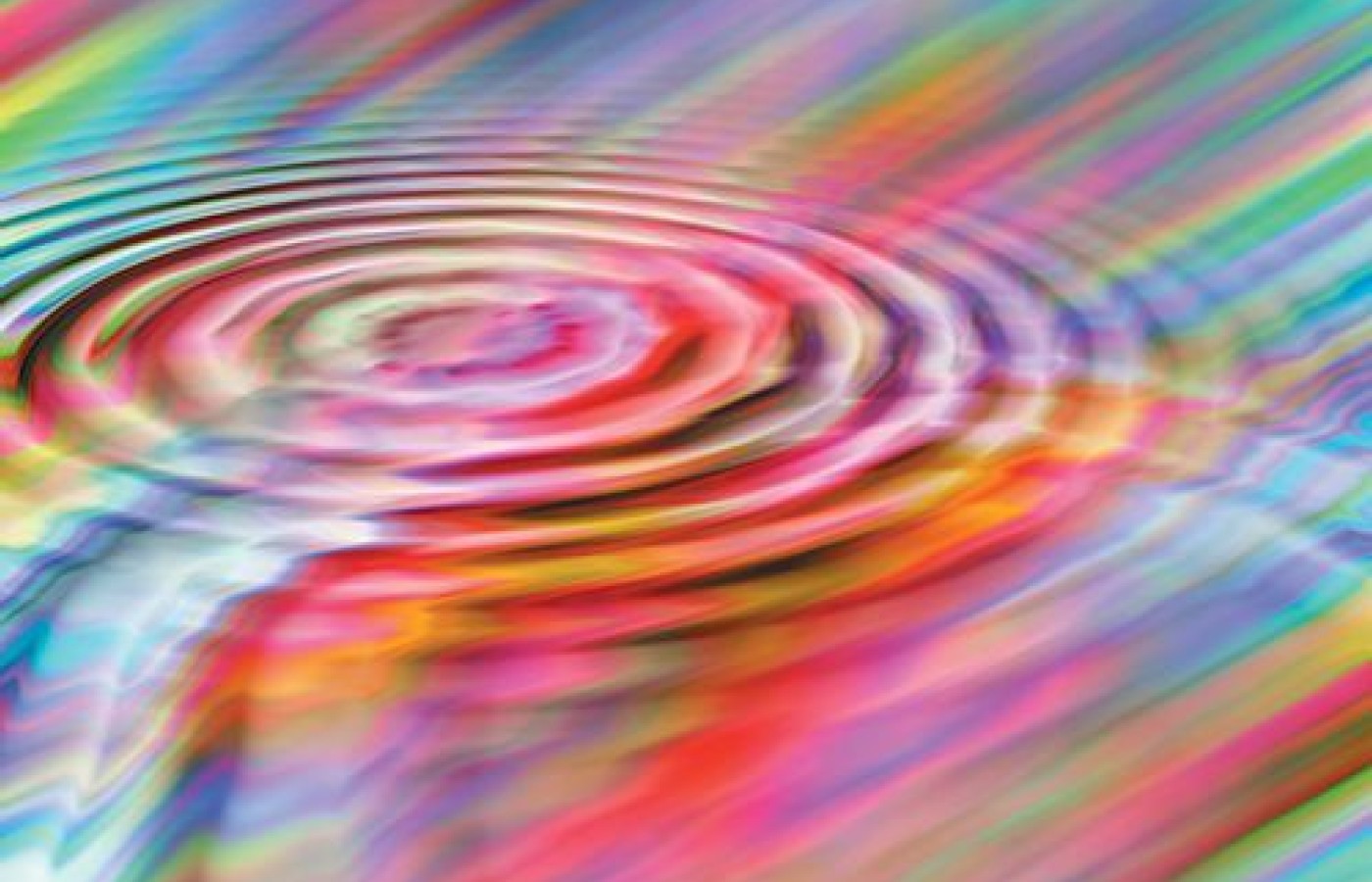As a practitioner, you know foot pain should be addressed as soon as possible, as pain in one or both feet can potentially lead to impairment of foot function. But rather than treating foot pain with over-the-counter pain and anti-inflammatory medications such as ibuprofen, or prescription nonsteroidal anti-inflammatory drugs (NSAIDs), or even corticosteroid injections for chronic foot pain, why not try red light / infrared therapy?
A Popular Approach to Tendinopathy and Fascial Dysfunction
Radial Pulse Therapy also known as Radial Shockwave Therapy has and is gaining popularity for the adjunct treatment of superficial orthopedic conditions especially myofascial conditions and tendinopathy. This is do to: some clients need overly dense fascia, scar tissue, soft tissue and joint adhesions broken up; doctors like using new technology; and some clients need a device with specific magnitude of forces (Joules) and a controlled speed (Hertz) applied to the muscle/tendon/bone unit in order to achieve the goals of restimulating the healing process.
As practitioners, it is important to correctly identify the patient's biggest dysfunction. I often ask myself, "What's the biggest issue?" Is it pain related to repetitive trauma, microtrauma, macrotrauma, obesity, poor nutrition, lack of motor control, poor strength, poor mobility, etc. Once the treatment plan is initiated, we must have positive short term responses from our treatment decision to obtain long term adaptation. In this regard, I have the experience of working with Radial Pulse Therapy for rotator cuff tendinopathy, achilles tendinopathy, plantar fasciitis, patellar tendinopathy, tennis elbow, iliolumbar and thoracolumbar fascial dysfunctions. I like being able to offer treatment options especially after patients have tried medications and glucocorticoid injection therapy for tendinopathy, trigger points and fascial adhesions.

Radial Pulse Therapy mechanisms of action for tendinopathy include a reduction of extrinsic or intrinsic inflammation, reduction of tenocyte proliferation or cellular activity, antiangiogenic activity, inhibition of scarring/adhesion, antinociceptive action or some combination there of. I am seeing the majority of patients experience improvement in pain and/or function within 3-5 sessions using Radial Pulse Therapy.
As a complimentary musculoskeletal specialist/healthcare practitioner, I know we are compared with other treatments and placebo in the follow-up of treatment for tendinopathy. We are confronted with helping clients decide on prolotherapy, sclerotherapy, anti-inflammatory medication, local anaesthetic, protease inhibitor injections and biologics such as autologous whole blood and PRP. We can divide treatments into those directed into the tendon (with the potential for causing needle damage to tendon tissue) versus those which are targeted outside the tendon like Radial Pulse Therapy. Patients come to me looking for treatment outside the body and in the future I hope we have enough practitioners in our field to perform outcome measures (studies) compared to treatment given inside the tendon.
Treatments with Radial Pulse Therapy are recommended for soft tissue and not directly to a bony prominence. The aim of treatment is not just getting the patient out of pain, its helping them manage through phases of healing without causing an exacerbation of the pathological state or pain. I use Radial Pulse Therapy to break up poorly healed tissue and combine it with exercise therapy to functionally load the tissues. In this way, I formulate a graduated tendinopathy rehabilitation program. Once a baseline of pain and functional movement has been set, treatment is provided with Radial Pulse Therapy, functional exercise loading progressions are taught to meet the demands of the activities of daily living and or sport play. I frequently check and recheck my baseline of pain, range of motion and functional movement assessments, making sure short term improvements are noted.
When using Radial Pulse Therapy, you have choices of energy levels and speed at the applicator tip. I think of Radial Pulse Therapy as a component of the total rehabilitation program. I am able to manipulate the nature, speed and magnitude of the forces applied to the muscle/tendon/bone unit. The Radial Pulse Therapy treatment itself helps to lower the pain baseline by stimulating an analgesic effect, as well as changing restricted range of motion. If I can gain a few degrees of range of motion and then start gently prescribing exercise to load and re-pattern the lost motion, I can achieve the goals of the particular management phase without causing an exacerbation of the pathological state or pain. The combination of Radial Pulse Therapy and exercise therapy can target matrix reorganisation and collagen synthesis, reduce tenocyte activity, effect tendon compliance and have an analgesic effect.
Most of my tendon cases have already tried a period of relative rest during their "self-imposed" recovery period and sometimes this does lead to improvement. Even after rest, many patients seem to experience residual pain/discomfort and/or an inability to "play all out." Once initial pain from tendinitis has calmed down, and the condition has become a tendinopathy, there is some evidence to suggest that it is appropriate to perform specific eccentric exercises into pain for maximal efficacy in the later rehabilitation of certain tendinopathic changes (eg, in chronic patellar or achilles tendinopathy in middle-aged athletes).
Immediately after the treatments, patients can be taught easy isometric exercises to stimulate the muscle tendon unit. Most rehab programs advocate the progression to higher loads as guided by symptom presentation. Many tendinopathies have concomitant muscle atrophy which may require a prolonged stimulus of exercise at moderate loads, generally repeated for three to four sessions per week for optimal muscle hypertrophy.
Exercise re-patterning gets missed a lot! Progression beyond the early isolated strength and hypertrophy loading requires functional conditioning of the muscle–tendon unit. I graduate the tendon load through bodyweight to bands, then adding some free weights. More explosive concentric work can be performed prior to starting eccentric skill specific re-education such as landings, before finally introducing sports specific challenges such as sprinting and cutting.
Recent research discusses the scleraxis gene. Tendon cells (tenocytes) are characterised by their expression of scleraxis, both in developing tendon and ligament, as well as in adult human tenocytes. As expected, scleraxis expression is mechanically regulated, showing a reduction following tendon transection and exhibiting a dose-response with increasing strains or repetitions of movement. Scleraxis expression is increased during the repair and remodelling stages of tissue healing, as the tendon attempts to restore its phenotype — this attempt to restore normal tendon phenotype following injury is frequently imperfect, leading to metaplastic or fibrotic change in injured tendon.
Emerging evidence suggests that local production of classically neuronal modulators, like neuropeptides, by tenocytes in response to load may regulate local tissue remodelling, in addition to their role in nociception. The tendon's surroundings are richly innervated by mechanoreceptors, including ruffini corpuscles, pacinian corpuscles and free nerve endings, all of which may contribute both to proprioception and to nociception. The nerve supply of tendon also includes many autonomic fibers, likely involved in regulating tendon blood flow as well as local tenocyte metabolism and pain signaling.
Treatment of fascial dysfunction and tendinopathy is not an exact science. However treatment with Radial Pulse Therapy is accumulating research and this coupled with known exercise therapy research offers progressions for patients. Tendon injury does not have to remain the weak link of repair using Radial Pulse Therapy and sequencing of exercise therapy.
References:
- Magnusson SP, Langberg H, Kjaer M. The pathogenesis of tendinopathy: balancing the response to loading. Nat Rev Rheumatol 2010;6:262–8.
- Kjaer M, Langberg H, Heinemeier K, et al. From mechanical loading to collagen synthesis, structural changes and function in human tendon. Scand J Med Sci Sports 2009;19:500–10.
- Andersson G, Backman LJ, Scott A, et al. Substance P accelerates hypercellularity and angiogenesis in tendon tissue and enhances paratendinitis in response to Achilles tendon overuse in a tendinopathy model. Br J Sports Med 2011;45:1017–22.
- Backman LJ, Fong G, Andersson G, et al. Substance P is a mechanoresponsive, autocrine regulator of human tenocyte proliferation. PLoS ONE 2011;6:e27209.
- Fong G, Backman LJ, Hart DA, et al. Substance P enhances collagen remodeling and MMP-3 expression by human tenocytes. J Orthop Res 2013;31:91–8.
- Wada Y, Takahashi T, Michinaka Y, et al. Mechanoreceptors of patellar tendon used for ACL reconstruction. Rabbit experiments. Acta Orthop Scand 1997;68:559–62.
- Danielson P, Alfredson H, Forsgren S. Immunohistochemical and histochemical findings favoring the occurrence of autocrine/paracrine as well as nerve-related cholinergic effects in chronic painful patellar tendon tendinosis. Microsc Res Tech 2006;69:808–19.
- Danielson P, Alfredson H, Forsgren S. Studies on the importance of sympathetic innervation, adrenergic receptors, and a possible local catecholamine production in the development of patellar tendinopathy (tendinosis) in man. Microsc Res Tech 2007;70:310–24.
- Danielson P . Reviving the "biochemical" hypothesis for tendinopathy: new findings suggest the involvement of locally produced signal substances. Br J Sports Med 2009;43:265–8.
- Legerlotz K, Jones ER, Screen HR, et al. Increased expression of IL-6 family members in tendon pathology. Rheumatology (Oxford) 2012;51:1161–5.
- Backman LJ, Andersson G, Wennstig G, et al. Endogenous substance P production in the Achilles tendon increases with loading in an in vivo model of tendinopathy-peptidergic elevation preceding tendinosis-like tissue changes. J Musculoskelet Neuronal Interact 2011;11:133–40.
- Chang KV, Chen SY, Chen WS, Tu YK, Chien KL. Comparative effectiveness of focused shock wave therapy of different intensity levels and radial shock wave therapy for treating plantar fasciitis: a systematic review and network meta-analysis. Arch Phys Med Rehabil. 2012; 93: 1259-68.
- Joseph MF, Taft K, Moskwa M, Denegar CR. Deep friction massage to treat tendinopathy: a systematic review of a classic treatment in the face of a new paradigm of understanding. J Sport Rehabil. 2012; 21: 343-53.
- Wiel LS. What you should know about shockwave therapy. Podiatry Today. 2004; 17 : 60-66.
- Wang CJ. Extracorporeal shockwave therapy in Muscukloskeletal disorders. J Orthop Surg Res. 2012; 7: 1-8.
- Gerdesmeyer L, Frey C, Vester J, et al. Radial extracorporeal shock wave therapy is safe and effective in the treatment of chronic recalcitrant plantar fasciitis: results of a confirmatory randomized placebo controlled multicenter study. Am J Sports Med. 2008; 36: 2100-9.
- Lohrer H, Nauck T, Dorn-Lange NV, et al. Comparison of radial versus focused extracorporeal shock waves in plantar fasciitis using functional measures. Foot Ankle Int. 2010;31:1-9.
- Peers KH, Lysens RJ, Brys P. Bellemans J. Cross-sectional outcome analysis of athletes with chronic patellar tendinopathy treated surgically and by extracorporeal shock wave therapy. Clin J Sports Med. 2003;13: 79-83.
- Zwerver J, Verhagen E, Hartgens F, et al. The TOPGAME-study; effectiveness of extracorporeal shockwave therapy in jumping athletes with patellar tendinopathy. BMC Musculoskelet Disord. 2010; 11:28-33.
- Rasmussen S, Christensen M, Mathiesen I, Simonson O. Shockwave therapy for chronic Achilles tendinopathy: a double-blind, randomized trial of efficacy. Acta Orthop. 2008;79: 249-56.
- Wang CJ, Huang HY, Pai CH. Shock wave enhanced neovascularization at bonetendon junction: a study in a dog model. J Foot Ankle Surg. 2002;41:16-22.
- Rompe JD, Maffulli N. Repetitive shock wave therapy for lateral elbow tendinopathy (tennis elbow): a systematic and qualitative analysis. British Medical Bulletin. 2007;83: 355-378.
- Damian M, Zalpour C. Trigger point treatment with radial shock waves in musicians with nonspecific shoulder-neck pain: data from a special physio outpatient clinic for musicians. Med Probl Perform Art. 2011; 26:211-7.
- Magnusson SP, Langberg H, Kjaer M. The pathogenesis of tendinopathy: balancing the response to loading. Nat Rev Rheumatol 2010;6:262–8.
- www.ZimmerUSA.com



